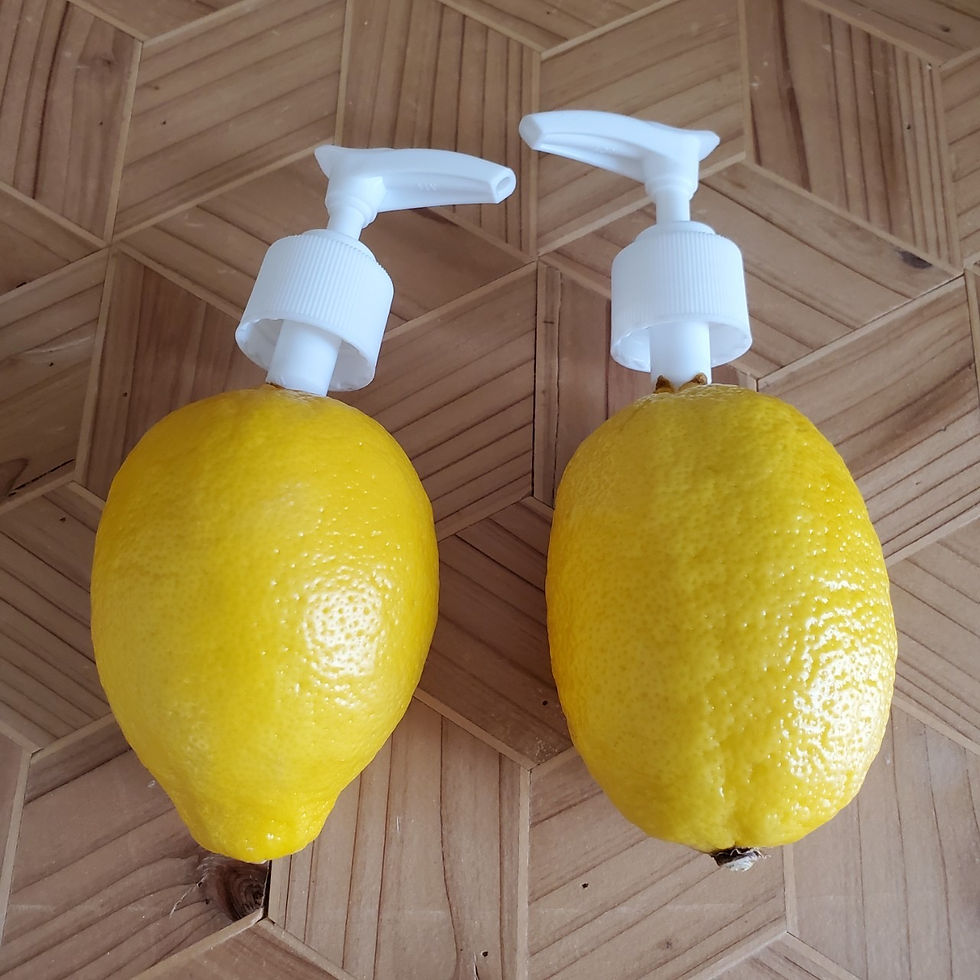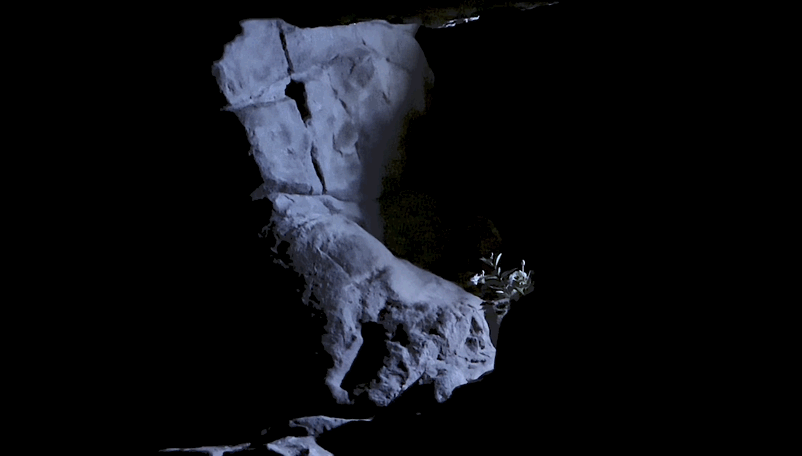




Exhibition
JIJITSU

This small, modest space is equipped with a kitchen, bathroom, and loft—at first glance, it looks like an ordinary apartment where anyone could live.
However, one half of the room is occupied by a structure covered in white fabric, and notably, there’s nowhere obvious to sit.
On the floor are plants still in soil, a bottle containing what appears to be milk, and lumps of clay shaped like small sculptures.
Though the space carries a sense of lived-in familiarity, there is also something quietly unsettling about it.
Visitors are told that this is a reconstruction of a space once inhabited by beings known as the USAGI.
And then, they are asked:
“If you were to live here, what would you do to make it comfortable for yourself?”
The objects supposedly left behind by the USAGI offer no clear explanation.
They simply exist—silent, ambiguous, and waiting.
Visitors are invited to observe, touch, experiment, and form their own interpretations.
In doing so, they create their own stories and meanings, grounded in personal experience.
Are the things in this space remnants of the past?
Or have they only just come into being, here and now?
The answer depends on the perspective and experience of each individual present.
Fiction is a reconstruction of reality—and when we engage with it, the recognition that emerges becomes our own personal self-reality.
Works in the exhibition
Wanted criminals
"Wanted Criminals" is a poster series that reinterprets the fictional nature inherent in wanted photographs, digitally processing and reframing them within new contexts.
In this work, images that function as representations of criminals are broken down into data, randomly altered, and reconstructed—disrupting their visual clarity and transforming their meaning and perceived role.
The resulting posters are reassembled into entirely different formats, such as job advertisements or promotional visuals, shedding the authority and function originally associated with the source images.
By examining how information is manipulated and received within shifting contexts, this work explores the instability of visual trust and the fluid nature of what we perceive as credible.

Works in the exhibition
Dream mapping
"Dream Mapping" is an installation that contrasts recorded dreams with waking reality, probing the ambiguous boundary between the two.
Based on a month-long study of dreams, the project visualizes the differences between events experienced in dreams and their real-world counterparts—destabilizing the assumption that dreams are mere fiction and reality is absolute.
In this work, constraints experienced within dreams are enacted in reality.
For example, participants wrote letters to actual canine researchers about an “orange dog” that appeared in a dream, allowing this imaginary being to interfere with the real world.
To reconstruct the dream logic in which “the inside of an aquarium is the sea, and the sea is an aquarium,” a miniature work was created: sand and seawater were collected from an actual beach and placed in a tank, onto which video footage of the ocean was projected—materializing the “fact” of the dream.
The project also documents the differing rules of dream and reality in the form of a textbook, complete with exercises that visitors can write in. This interactive workbook format allows participants to test, reinterpret, and expand upon the logic of their own dreams.








Film
rabbit, habbit, kubid
The film Rabbit, Habbit, Kubid follows the story of rabbits who construct—and ultimately transform—their world through language.
For them, language is not merely a tool for communication, but the very framework that shapes their reality.
However, the death of one rabbit's mother triggers a deep shift in their philosophy. As their way of thinking begins to change, so too does the world they perceive.
This transformation is reflected through space, behavior, and the visual language of the film itself, portraying a process in which language—and thus the world—is reconstructed.






(Ex)hibition
JIJITSU
This space appears in the film Rabbit, Habbit, Kubid as the home of the USAGI.
When visitors step into the space and interact with the exhibited objects—belongings left behind by the USAGI—their actions are unknowingly recorded and reconstructed as part of the film’s world.
However, the visitors are unaware that they are inside a set tied to the film.
Their experience here influences the story, and while they come as viewers,
they gradually become part of what is being seen.

